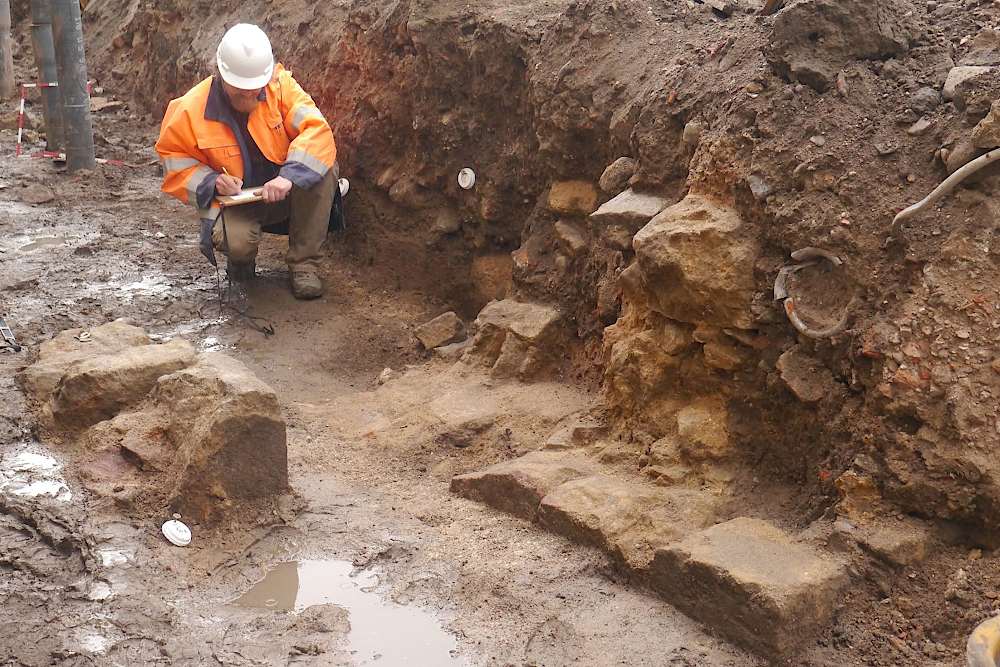Archaeologists were hoping to find the first hermitage built in Cacela Velha, in Algarve, after the Christian conquest, but the remains that were unearthed in the area belonged instead to a medieval Christian necropolis and to an earlier Islamic settlement.
Cristina Garcia, from the Regional Direction of Culture (DRC) of Algarve, explains that the work is a continuation of the excavations undertaken in 1998 and 2001, in which the remains of what was thought to be the hermitage were detected, but it soon became apparent that the existing walls were, in fact, part of an Islamic bath abandoned by the Arabs before the Christian conquest and that they were later covered by a medieval Christian necropolis.
"Because the walls appeared to lie above the Christian necropolis, it was thought that they belonged to the hermitage, but only more burials of the medieval Christian cemetery were found, which had been used until the 15th or 16th century, and now we need to determine what the precise boundaries of this cemetery are", says Cristina Garcia.




